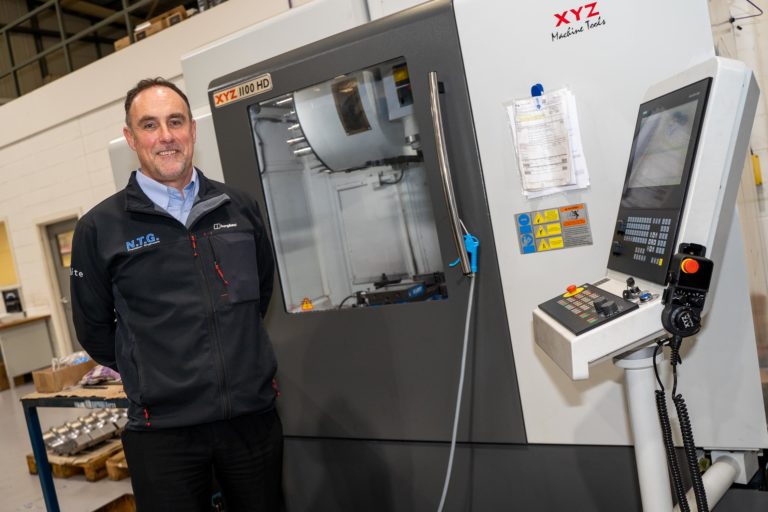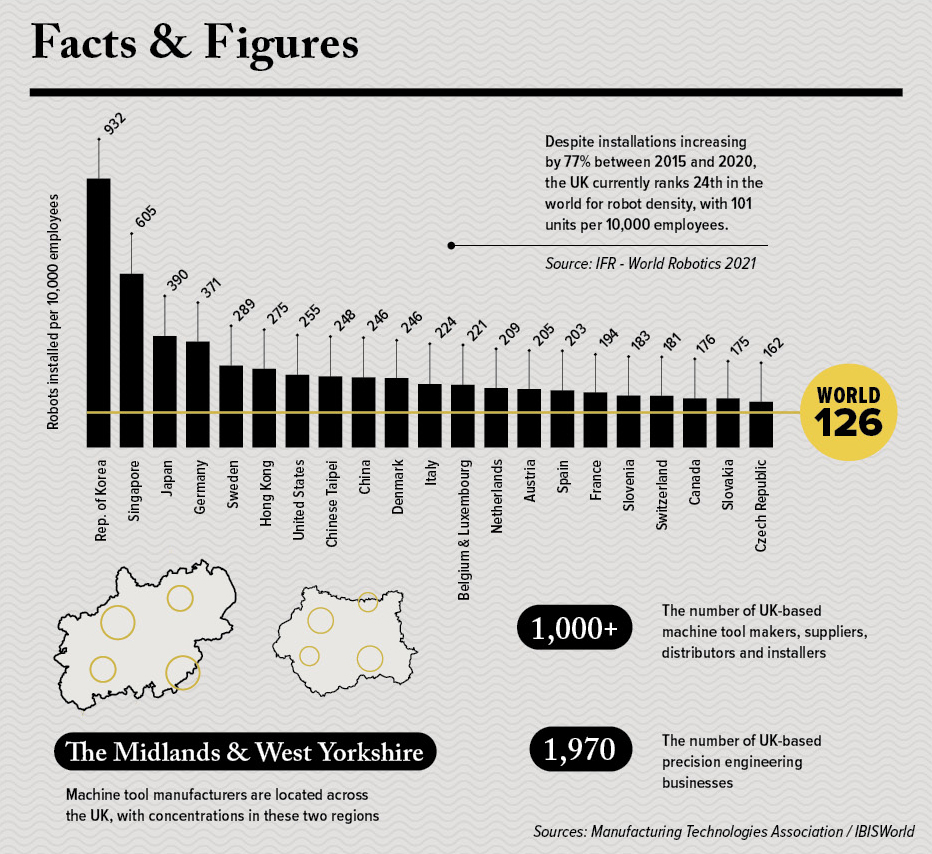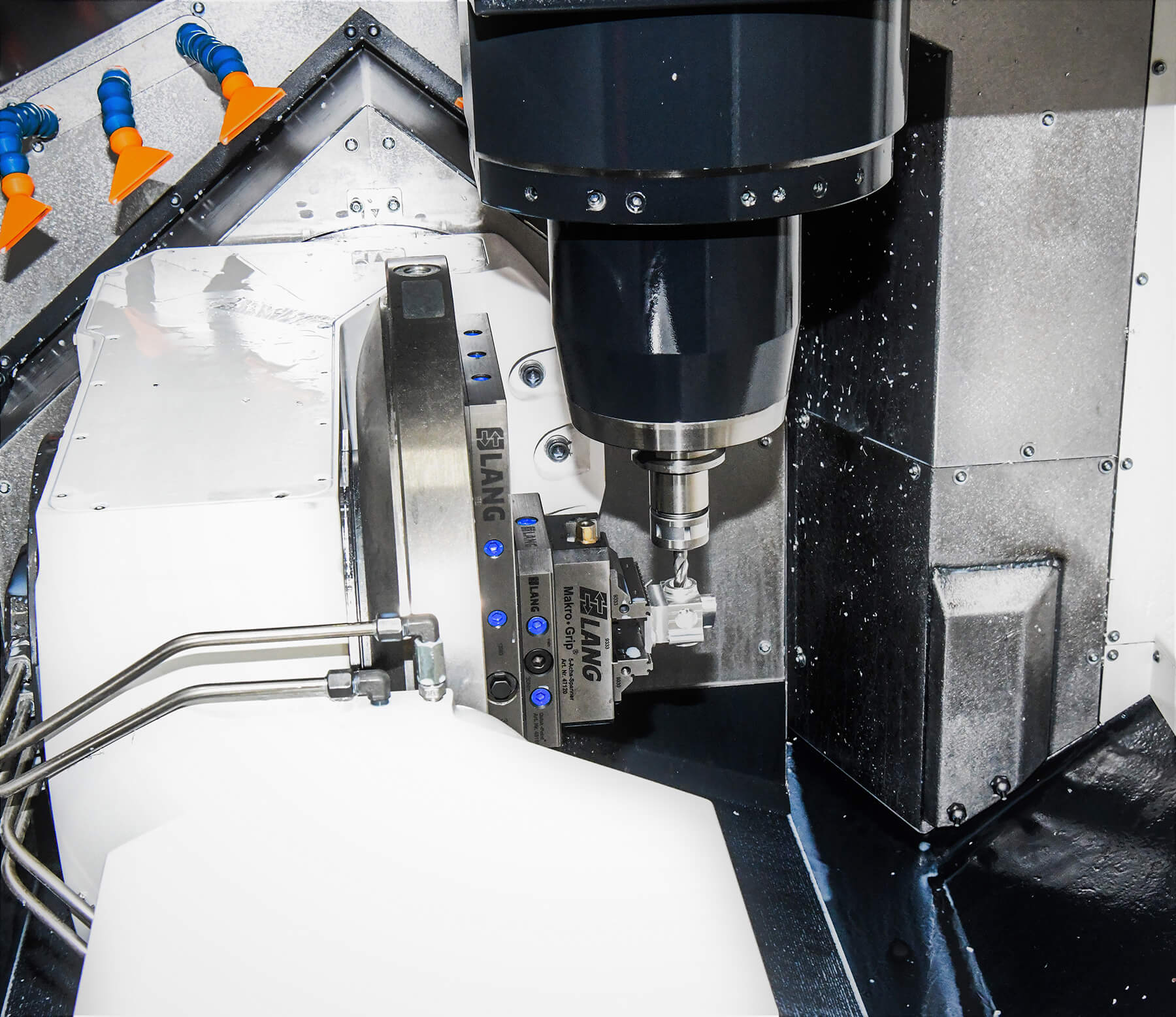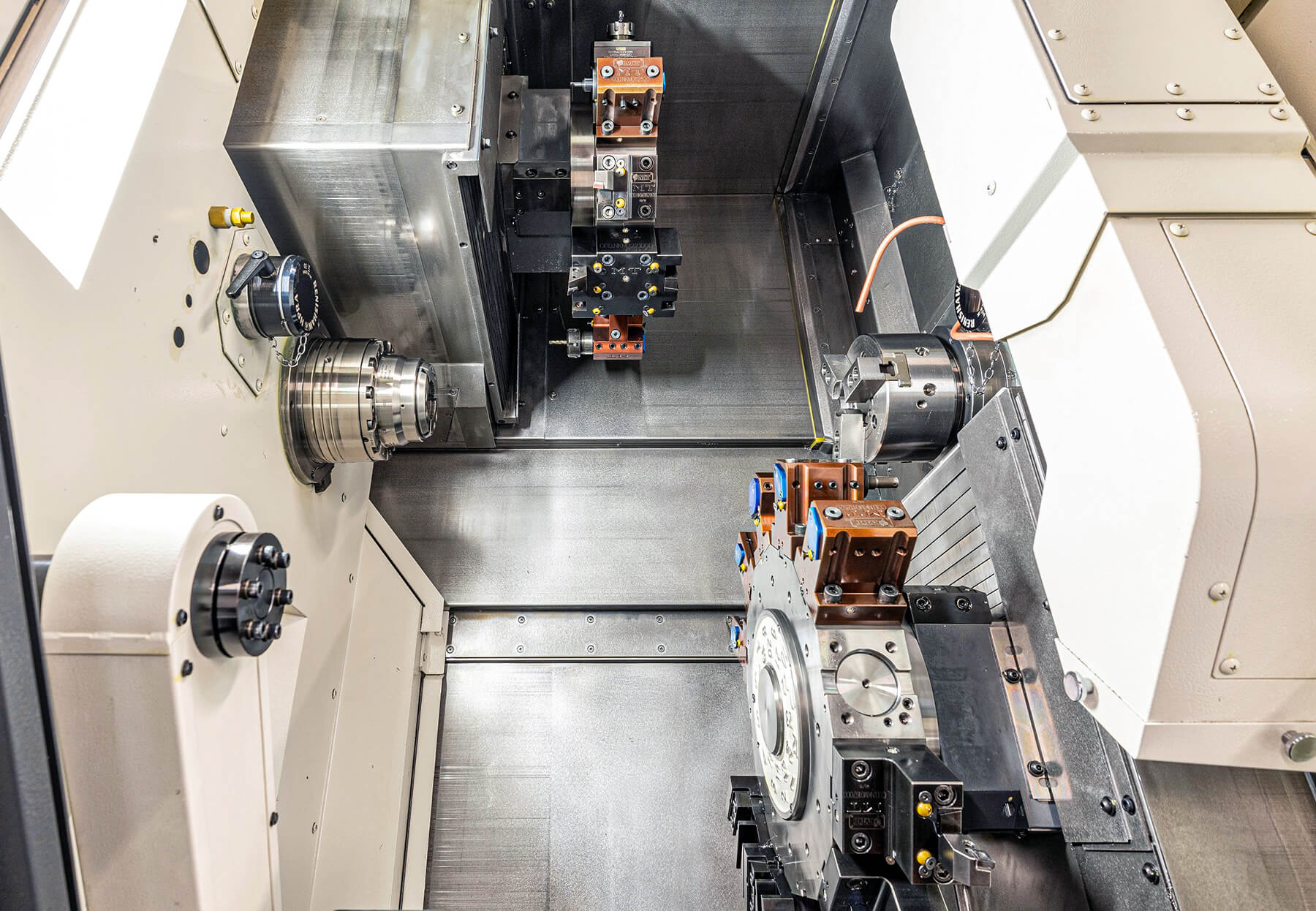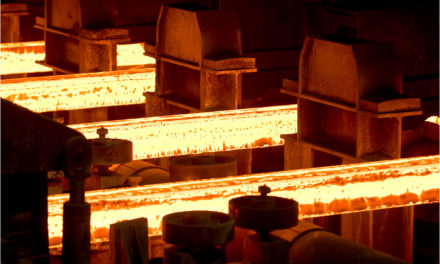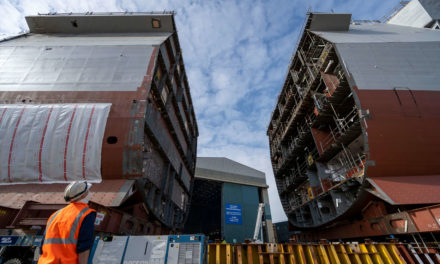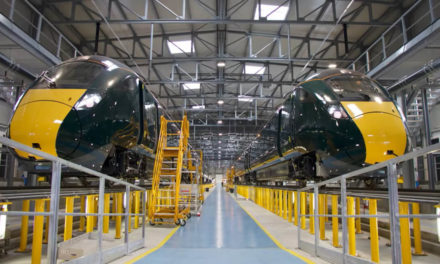Subbies must find a cutting edge
Sectors: Precision Engineering
Subcontract precision engineering businesses, the backbone of almost every industrial sector, face challenging times. Energy prices, labour shortages and materials costs are all escalating, while demand climbs steadily back to pre-pandemic levels and above. As a result, subcontract manufacturers and their shop floors are having to become more productive, flexible and cost-efficient.
Making step-change improvements in productivity relies on three things, according to James Selka, CEO of the Manufacturing Technologies Association (MTA); “Technology, the skill to acquire and deploy those technologies and the finance to make it happen.”
That may be a simplification, but the landscape has certainly evolved. Subcontractors are tasked with producing ever more diverse and complex parts, faster and more cheaply, to higher standards with a workforce that is rapidly diminishing in its skillset.
Meeting these demands requires automated, multi-axis machines with fast, flexible machine set-ups that are capable of producing a vast array of components. That the UK lies well outside the top 20 for robots installed per 10,000 employees suggests businesses still have a way to travel on their automation journeys. Something machine tool suppliers are looking to address.
“We are seeing the UK get closer to the point where automation becomes standard for CNC machines,” says Wouter van Halteren, CEO of Halter CNC Automation. “In some countries, 70% of new CNC machines already come with automation. We have UK customers who have doubled their output with the same staff in a short period, only because of robotisation.”
Maximising uptime
Automation in the guise of connecting robots to machine tools may be a slow burner, but integrated pallet loading systems, bar feeding for turning centres and part catchers for unloading machines are climbing at pace.
As Ian Holbeche, managing director of automation and tool distributor REM Systems, rightly points out; “With a total of 8,760 hours available each year, the goal for any business is to be productive for every one of them. There are several key stages to achieve this – standardisation, organisation, automation and integration. Each one will result in specific efficiency gains and business rewards.”
“Standardisation is seen as the starting point for many machine shops,” Holbeche continues. “More often than not, each machine tool is attended by an operator. Working on a single shift, each year you can achieve 800 hours of production with 1,000 hours of machine downtime. The addition of a zero-point workholding system will provide significant improvements. Production time will increase to 1,200 hours with machine downtime dropping to 600 hours.”
Zero-point clamping enables components to be precisely fastened to a datum point in the clamping device, which can then locate to a fixed position in the machine tool.
Swanley-based Rydal Precision Engineering has invested in a new machining centre and the Lang-Technik Makro Grip zero-point workholding solution. Managing director, Paul Rhodes, says; “It’s a very accurate system, it relocates within microns and it’s very simple to use. It’s just a case of undoing one hex key and lifting the part out.”
Rydal pre-stamps the components with indentations created by the Lang system to indicate where the zero-point is located. Rhodes explains; “This allows us to align each component. Now, we can effectively move existing products and the Lang vice into other machining centres, onto grinding machines and even to our wire EDM machines; we can use it anywhere within our machine shop.”
A subcontractor’s utopia
By applying pre-set principles and systems, a workpiece can be set up on multiple pallets or machine beds, starting the standardisation journey to incremental improvements throughout the workshop.
Cutting tools can also be pre-set with all offset data sent to the machine controller. Tool pre-setting minimises set-up times on the machine, improves spindle utilisation and allows the operator to start machining with confidence as soon as the guard door closes. By implementing tool pre-setting and zero-point clamping, a single shift workshop can expect to achieve 1,600 hours of production with just 200 hours of machine downtime.
The next step is automation. Robotic loading and unloading takes the gains achieved and applies them around the clock. Now, machine shops can expect 4,000 production hours from the same machine tool and manpower, with just 800 hours of downtime.
Like any technology, machine tools are continually evolving to present greater value and quality with an ever-decreasing price point. Advancements such as 5-axis machining and twin-spindle turning centres provide greater precision and freedom of movement at speed, with increased tooling functionality. Simultaneous front and back-end working when turning and synergies between machine tool manufacturers and CAM software vendors are also helping to reduce set-up times and deliver greater flexibility, productivity, precision and ease-of-use.
When combined with zero-point workholding devices and ‘off-machine’ tool pre-setting, subcontractors are getting ever closer to their utopia of ‘one-hit’ machining and the many productivity benefits such systems deliver.
Efficiency gains
Machine tool makers and suppliers are increasingly stepping up their efforts to help meet their own environmental goals and those of their customers.
One of the world’s leading machine tool manufacturers, Yamazaki Mazak, has implemented a ‘Go Green’ business strategy that combines a lower machine CO2 footprint with technology that can help customers record, analyse and optimise their energy usage. Its latest VARIAXIS I-800 NEO 5-axis VMC, for example, has CO2 emissions almost 23% less than its predecessor.
DMG MORI, the world’s largest machine tool manufacturer, has introduced an artificial intelligence system to monitor thermal displacement and vibration in its machine tools. Data is fed back to the CNC control unit which automatically compensates the tool path to eliminate thermal variations in real-time. This removes the need for machines to undergo a pre-shift warm-up to ensure optimal precision levels.
Similarly, Wellesbourne-based Engineering Technology Group (ETG) has recently introduced Powerstar Amorphous Core Transformers which reduce machine running costs and emissions and boost efficiency.
Blackburn-based Riverside Precision Engineering has replaced its ageing Nakamura WT250 turning centre with a new Nakamura AS200L and a Nakamura AS200 turning centre supplied by ETG.
“Despite being far more productive than our older and larger machines, the two new Nakamura’s draw significantly less power,” says Riverside irector, Scott Whalley. “We can immediately see that the two news machines draw less power than one older machine, which can only be good for the environment and our operational costs.”
A common language
Machine tool manufacturers are also making their technology more intuitive and user-friendly – beneficial for both current workers and attracting the next generation. CNC control interfaces have transformed from resembling scientific calculators of yesteryear to sleek touch-screen panels.
While the modern CNC control retains the facility for G-Code programming, modern units typically mask this framework with an image-led programming platform. Many CNC control systems now run Windows-based operating systems and the front-end architecture resembles an interface more akin to Apple’s iOS.
A factory kitted out with machines from a multitude of vendors, all with their own propriety data systems and interfaces, presents a challenge in terms of interoperability. Subcontractors, like any manufacturer, are seeking harmonised production environments where information can be accessed via unified dashboards that pull in data from anywhere and everywhere.
To that end, the German Machine Tool Association has developed an industry-wide standardised architecture for machine tool, automation and software manufacturers, developers and integrators to adopt for an integrated manufacturing ecosystem.
The UMATI ‘world language of production’ now has more than 200 partners from machine tool manufacturers to trade associations and academic institutions. At the 2021 EMO exhibition, the system was demonstrated with more than 50 machine tools, both within the exhibition and remotely, all connected via a standardised OPC UA interface. Industry 4.0 is finally upon us. The machine tool world, with its slick interfaces, unified architectures and connected manufacturing processes, is helping lead the way forward.
News in Brief
- Smethwick-based precision engineering firm A&M has used the super deduction capital allowance on equipment to invest £1m in the six months from October 2021 to March 2022 in two wire eroders, a large five-axis CNC mill and a spark eroder. The expansion is in response to rising demand from customers and takes A&M’s complement of EDM and CNC machines to more than 60. “We have been at full capacity for the past five months and are on target to beat our pre-Covid performance with sales of £6.5m in 2022,” says managing director Mark Wingfield.
- Gateshead-based NTG Precision Engineering has commenced a £3.5m investing programme in capital equipment staff and has already taken delivery of three new CNC milling machines. “The ongoing investment in equipment underlines this company’s ambition to continue to grow and to ensure it becomes one of the country’s most versatile and cost-effective precision engineering sub-contractors,” says managing director Mike Hutchinson.
- Precision component specialist Rowan Precision, with the help of a grant via the ARG Recovery Scheme, is reaping the benefits of a new £250,000 CNC Machine. The latest model, supplied by Citizen Machinery, has helped to increase its capability and slash lead times, all while decreasing the firm’s carbon footprint.
- Birmingham’s Tooling 2000 has invested more than £1m in new equipment to ensure it can provide a complete in-house service, including CNC machinery, a press brake and a fiber optic laser. “In what will be our 25th year in business, the significant investment in new machinery and plant further adds to our capabilities enabling us to offer the complete metalworking solution in-house, setting the foundation for our plans to double turnover within the next three years,” says managing director Gary Williams.
- As part of its commitment to continuous improvement, Deeside-based DRB Group has invested in three new multi-axis, multi-tasking machines to satisfy its current needs as well as to provide the capability to enter more diverse industry sectors.
“Like any technology, machine tools are continually evolving to present greater value and quality with an ever-decreasing price point”
Above: 5-axis machining centre with zero point clamping system – flexibility and repeatability
Above: Work envelope of a twin spindle & twin turret turning centre that delivers one hit machining of turned parts
“Machine tool manufacturers are also making their technology more intuitive and user-friendly”
Above: The new Nakamura Tome AS200 from ETG being programmed at Riverside Precision. Credit: ETG

